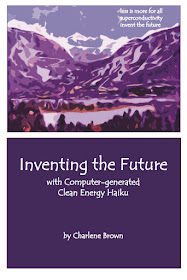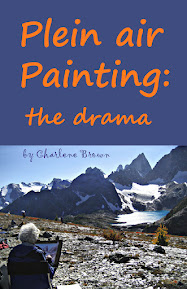San Gimignano towers, Tuscany, Italy
watercolour monotype 1/1
©1988 Doris Livingstone
I’ve been to this medieval walled city, where 'skyscrapers' were invented, twice. The first time was in 1988 when I was visiting my sister during a print-making workshop she was attending in Florence. She was learning to make monotypes such as San Gimignano, above, which I love, so I have made this one exception to my watercolour-and-crayon procedure for illustrations in my Time Travel book.
I’d never heard of San Gimignano, but she promised me that the 800-year-old ‘skyscrapers’ – apparently built by rival families trying to out-do each other over a period of years beginning in 1199 – were definitely worth seeing, and it was easy to get there on a local bus. She was right on both counts and we had a great day, with the place practically to ourselves.
It was quite a different story in 2000 with my husband on our Retirement Grand Tour, because an amazing number of people seemed to have found out about the place since 1988, and we had to deal with a lot of world class competitive parking professionals. Even under those circumstances it was well worth the effort, starting with our first glimpse of the unforgettable skyline as we made our way from the distant spot on the highway where we’d left the car through climbing up to the city’s hilltop setting and exploring the stonework and architecture.
Here I am recovering from the effort
















